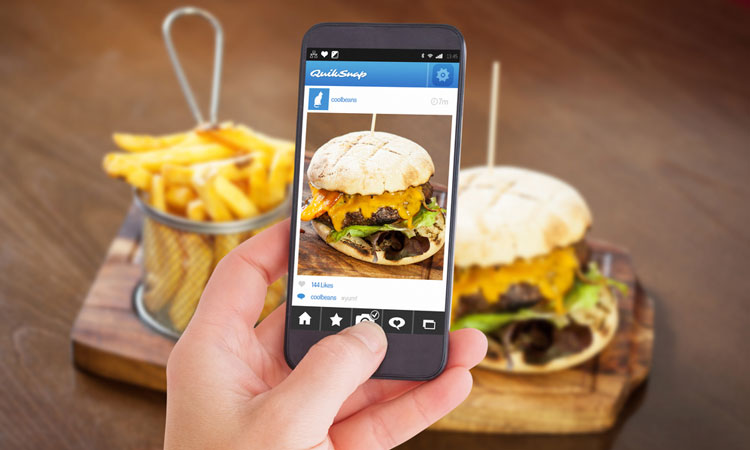Social media not good for children’s food intake
- Like
- Digg
- Del
- Tumblr
- VKontakte
- Buffer
- Love This
- Odnoklassniki
- Meneame
- Blogger
- Amazon
- Yahoo Mail
- Gmail
- AOL
- Newsvine
- HackerNews
- Evernote
- MySpace
- Mail.ru
- Viadeo
- Line
- Comments
- Yummly
- SMS
- Viber
- Telegram
- Subscribe
- Skype
- Facebook Messenger
- Kakao
- LiveJournal
- Yammer
- Edgar
- Fintel
- Mix
- Instapaper
- Copy Link
Posted: 4 March 2019 | New Food | No comments yet
Social media has been shown to influence the food intake of children, with a recent study showing that it has a largely negative influence.


Research from the University of Liverpool published in Pediatrics, has highlighted the negative influence that social media has on children’s food intake.
Current research shows celebrity endorsement and television advertising of unhealthy foods increases children’s intake of these foods. However, children are increasingly exposed to marketing through digital avenues, such as on social media, and the impact of marketing by YouTube video bloggers on these outcomes has, until now, not been known.
According to a recent report by Ofcom children in the UK now access social media more than ever before. Approximately 93 percent of 8-11-year-olds go online, 77 percent use YouTube and 18 percent have a social media account. In older children (12-15-year-olds), 99 percent go online, 89 percent use YouTube and 69 percent have a social media account. Both age groups watch YouTube vloggers.
PhD student Anna Coates, from the University’s Appetite and Obesity research group, conducted a study to examine the effect of social media marketing of snack foods (healthy and unhealthy), via vloggers’ Instagram pages, on children’s snack intake.
During the study 176 children, aged between 9 and 11 years, were randomly split into three equal groups and were shown artificially created, but realistic, Instagram pages of popular vloggers (each has millions of followers). One group was shown images of the vlogger with unhealthy snacks, the second group was shown images of the vlogger with healthy snacks and the third group was shown images of the vlogger with non-food products. The participants’ subsequent intake of snacks (healthy and unhealthy options) were measured.
Children in the group that viewed the unhealthy snack images consumed 32 percent more kcals from unhealthy snacks specifically and 26 percent more kcals in total (from healthy and unhealthy snacks) compared with children who saw the non-food images. There was no significant difference in total kcal intake, or healthy snack kcal intake, between children who saw the Instagram profile with healthy images and those who saw the non-food images.
Of the study Anna Coates, said: “These findings suggest that the marketing of unhealthy foods, via vloggers’ Instagram pages, increases children’s immediate energy intake. The results are supported by celebrity endorsement data, which show unhealthy food endorsements increase children’s unhealthy food intake, but healthy food endorsements have little or no effect on healthy food intake.
“Young people trust vloggers more than celebrities so their endorsements may be even more impactful and exploitative. Tighter restrictions are needed around the digital marketing of unhealthy foods that children are exposed to, and vloggers should not be permitted to promote unhealthy foods to vulnerable young people on social media.”








